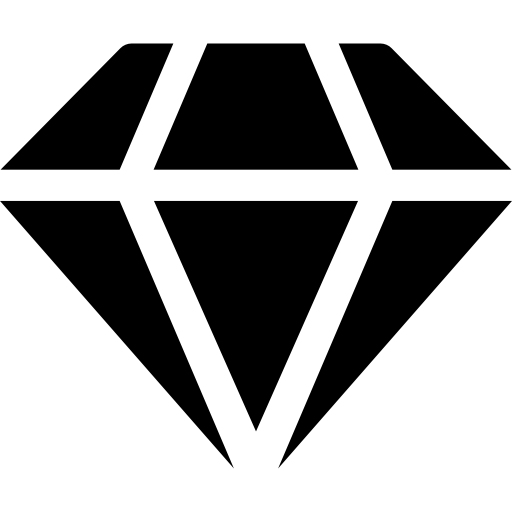How To Identify A Raw Diamond
In a Nutshell
- Learn to spot the characteristics of raw diamonds.
- Understand the importance of each test to verify authenticity.
- Meet professionals who can assist in identification.
- Discover tools and tips for examining raw diamonds.
Table of Contents
- Introduction: The Mystique of Raw Diamonds
- Key Characteristics of Raw Diamonds
- Testing Methods for Identifying Raw Diamonds
- Consulting a Professional Gemologist
- Essential Tools for Identifying Raw Diamonds
- FAQ
Introduction: The Mystique of Raw Diamonds
Raw diamonds are nature’s treasured secrets, hiding in plain sight. While they may look like typical stones, their dazzling potential is revealed through proper identification. Understanding raw diamonds is crucial for both amateur enthusiasts and professional gemologists alike. Let’s embark on a journey to uncover the distinctive features and tests used for identifying these uncut gems.
Key Characteristics of Raw Diamonds
Color
Raw diamonds typically exhibit a translucent color. They are usually a blend of gray, yellow, or brown hues, though some might have more clarity and appear white.
- Translucence: Unlike polished diamonds, raw ones aren’t fully transparent.
- Tint Variations: Recognize the subtle shifts in color indicative of different mineral inclusions.
Shape
The natural shape of a raw diamond tends to be smooth and well-rounded.
- Octahedral Forms: Many raw diamonds form an eight-sided shape.
- Unique Geometry: Unlike other rocks, their geometry is naturally distinct which aids in identification.
Texture
Raw diamonds have a smooth and waxy finish.
- Surface Texture: Run your fingers gently—it feels unlike most other stones.
- Matte Shine: Observe a gentle shine under light, which is less than that of polished gems.
Discover more details on raw diamonds at Diamond Co.
Testing Methods for Identifying Raw Diamonds
Hardness Test
Raw diamonds are the hardest natural substance on Earth.
- Scratch Test: Use a common glass piece. A real diamond will scratch glass without being damaged.
- Mohs Scale: Diamonds score a perfect 10, separating them from lesser minerals.
Thermal Conductivity Test
Diamonds have exceptional thermal conductivity.
- Thermal Conductivity Tester: Use this tool to see if heat dissipates quickly from the stone.
- Kitchen Test: Place the stone in boiling water. Its ability to cool quickly can hint at being a diamond.
Magnification
Examine under a jeweler’s loupe to look out for inclusions and specific features.
- Inclusion Patterns: Internal imperfections are natural and distinctive.
- Edge Patterns: Real diamonds often have sharp and non-uniform edges.
For more information on these testing methods, visit Diamond Education.
Consulting a Professional Gemologist
A certified gemologist can offer conclusive identification. While DIY testing can be informative, expert intervention offers precision.
- Expert Equipment: Professionals use advanced techniques for analysis.
- Certification: They can provide authentication which is critical for valuation.
Explore our Professional Gem Services.
Essential Tools for Identifying Raw Diamonds
Having the right tools can significantly ease the identification process.
- Jeweler’s Loupe: A 10x magnification lens is ideal.
- Diamond Tester: Specifically tests thermal and electrical conductivity.
- Scale and Ruler: Measuring accurate weight and dimensions can hint at authenticity.
##
FAQ
1. What do raw diamonds look like?
Raw diamonds often appear like translucent stones with a brown, yellow, or grey hue.
2. Can I conduct tests at home?
Yes, basic tests like the scratch and light tests can be conducted with minimal equipment.
3. How can I be sure it’s a diamond and not another mineral?
Using a combination of hardiness, thermal conductivity, and seeking validation from a gemologist is the best approach.
4. What’s the risk of misidentifying raw diamonds?
Misidentification could either undervalue a significant find or lead to investment in ordinary stones.
5. Why consult a professional gemologist?
Experience, precision testing methods, and official certification are what professionals bring to the table.
6. Are there online tools to help identify raw diamonds?
Online resources like Diamond Co provide detailed guides and instructional videos.
Exploring these aspects will help you identify raw diamonds more accurately and understand their true worth. Always consider reaching out to professionals for definitive advice and authentication.

Leave a Reply